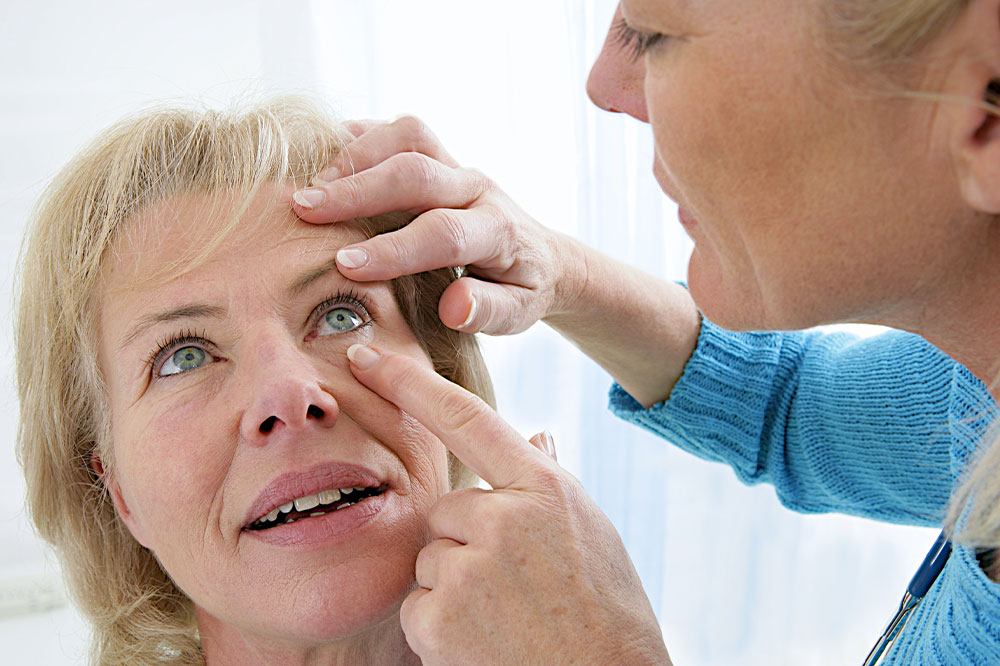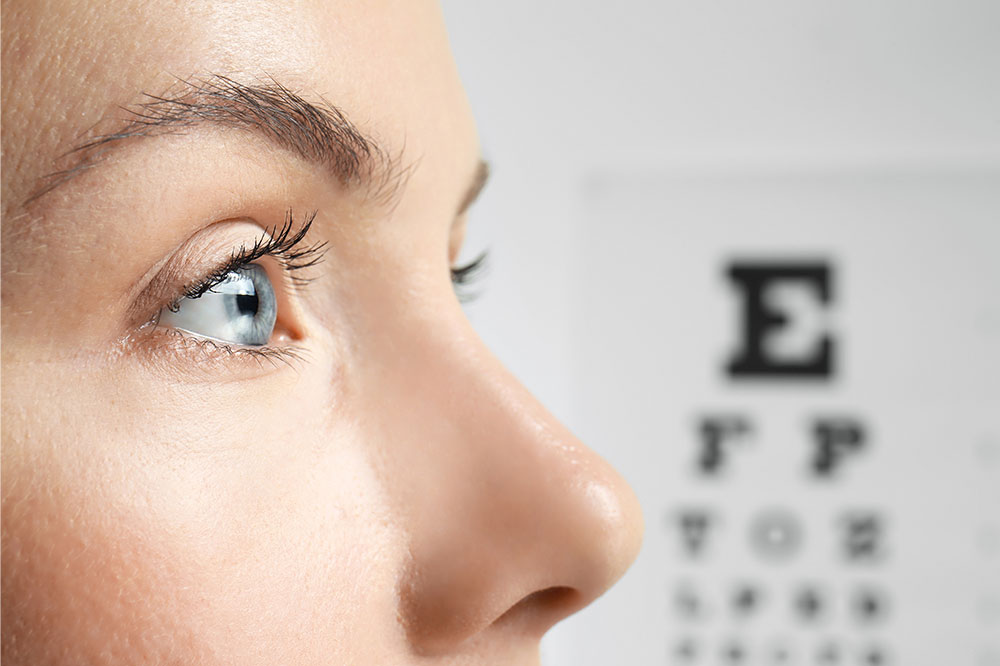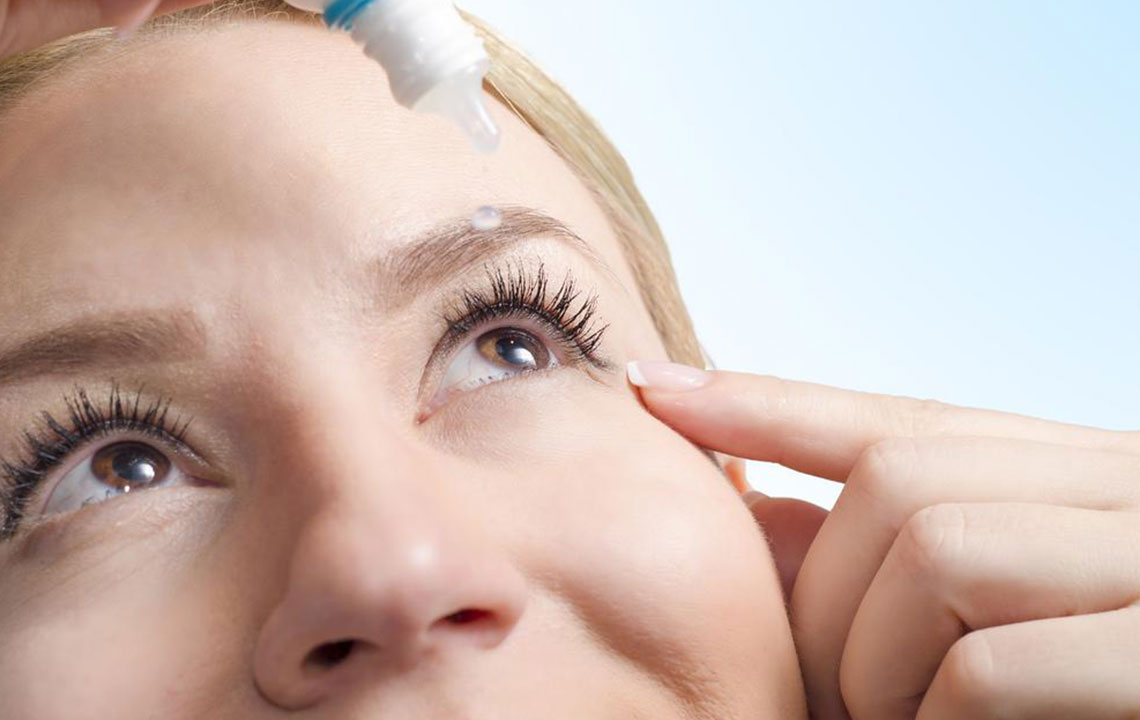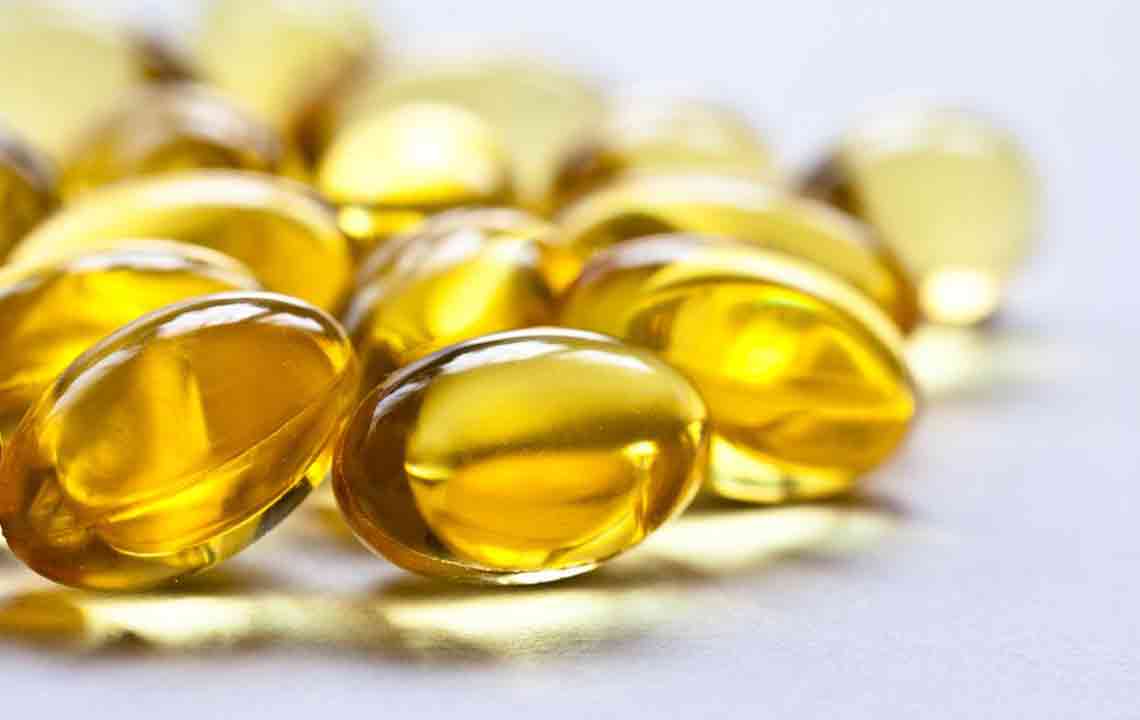Comprehensive Guide: Effective Strategies to Slow Age-Related Macular Degeneration Progression
This comprehensive guide explores seven scientifically backed strategies to slow age-related macular degeneration progression. Emphasizing early detection, dietary adjustments, UV protection, blood pressure control, regular monitoring, and personalized treatments, it provides essential insights to help individuals preserve their vision and ocular health as they age.

Effective Methods to Decelerate the Progression of Age-Related Macular Degeneration (AMD)
Age-related macular degeneration (AMD) is a prevalent eye condition that primarily impacts the macula, the central part of the retina responsible for sharp vision. As a leading cause of vision impairment among individuals over 50, AMD can significantly affect quality of life, making everyday tasks such as reading, driving, and recognizing faces challenging. While current medical treatments cannot fully reverse AMD, adopting proactive lifestyle measures can effectively slow its progression and minimize its impact. This comprehensive guide explores essential strategies backed by scientific research to help individuals protect their vision and maintain ocular health as they age.
Is There a Cure for AMD? At present, there is no definitive cure for age-related macular degeneration. However, early detection and proper management can delay progression and help preserve vision, emphasizing the importance of regular eye screenings and lifestyle adjustments.
To effectively slow down the deterioration caused by AMD, consider implementing these vital approaches:
Understanding Your Family’s Medical History
Genetic predisposition is a significant factor influencing AMD risk. If close relatives have experienced AMD or similar eye conditions, your chances of developing it increase. Be vigilant for early symptoms like difficulty recognizing faces, distorted lines, or vision loss in low-light environments. Regular eye examinations and awareness of familial risks are crucial for early intervention and management.Adopt a Nutrient-Dense Diet for Eye Health
The foods you consume play a pivotal role in maintaining retinal health and preventing or slowing AMD. Incorporate the following nutrient-rich options into your daily diet:**Nuts and Seeds:** Rich in antioxidants such as vitamin E, these help combat oxidative stress and protect retinal cells from damage.
**Dark Leafy Greens:** Spinach, kale, collard greens, and Swiss chard are high in lutein, zeaxanthin, vitamin C, and calcium. These nutrients increase the density of retinal pigments, shielding the eye from harmful light and reducing AMD risk.
**Garlic and Sulfur-Rich Herbs:** Known for their natural antioxidant properties, these herbs support cellular repair and immune function in ocular tissues.
**Fatty Fish:** Salmon, mackerel, sardines, and anchovies supply omega-3 fatty acids, which are vital for retinal cell integrity and reducing inflammation.
**Cruciferous Vegetables:** Broccoli, Brussels sprouts, and bell peppers contribute to overall visual health through antioxidants and vitamins that support the retinal tissue.
Protect Your Eyes from Harmful Light Exposure
Ultraviolet (UV) rays and blue light from screens pose threats to retinal health. Wearing high-quality sunglasses outdoors that block 100% of UV rays is essential to prevent cumulative damage. Additionally, limit screen time and use blue light filters or specialized glasses when working on computers or devices for extended periods. Regular eye checkups can help assess retinal health and recommend protective measures tailored to your needs.Maintain Healthy Blood Pressure Levels
Hypertension can impair blood flow to the eyes, leading to or worsening AMD. Strategies to control blood pressure include engaging in regular physical activity, adopting a balanced diet low in sodium, reducing alcohol consumption, and managing stress through relaxation techniques such as yoga and meditation. Proper blood pressure management ensures optimal ocular circulation, minimizing retinal damage and supporting overall eye health.Regular Vision Monitoring at Home
Self-assessment tools like the Amsler grid are simple yet effective for tracking early signs of AMD progression. Regularly using this grid can help detect distortions, dark spots, or changes in vision. Any abnormal findings should prompt an immediate visit to an eye care professional for comprehensive evaluation and intervention, potentially preventing further deterioration.Routine Comprehensive Eye Examinations
Scheduled visits with an ophthalmologist are vital for early diagnosis and ongoing monitoring of AMD. Eye exams typically include visual acuity tests, retinal imaging, and dilated eye examinations to assess the extent of macular degeneration. Early detection allows for timely interventions that can slow disease progression and address complications like neovascularization or bleeding.Personalized Treatment Strategies
Though AMD cannot be cured, various treatment options can help control its progression. Your healthcare provider may recommend dietary supplements such as AREDS2 formulas, intravitreal injections, laser therapy, or photodynamic therapy depending on your specific condition. Adhering to prescribed treatments, combined with lifestyle modifications, can prolong periods of functional vision and improve quality of life.




